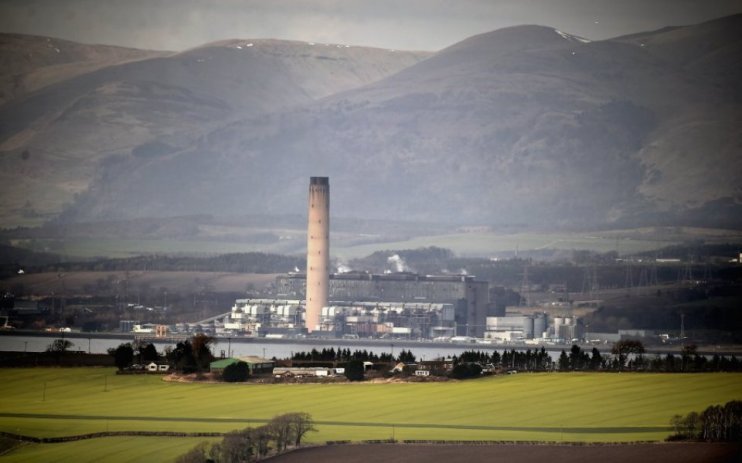SSE and Equinor to build Scotland’s first carbon capture power station

Energy heavyweights SSE and Equinor have tabled plans to build Scotland’s first power station using carbon capture technology, in a step towards a low carbon future.
If repurposed, the gas-fired unit at Peterhead, Aberdeenshire, could catch up to 1.5m tonnes of carbon dioxide from its emissions each year.
The plans are still dependant on securing sufficient investment but is hoped to be ready by 2026.
According to SSE, the Peterhead power station could hit 15 per cent of the government’s target to capture 10m tonnes of CO2 annually by 2030.
Capturing around 90 per cent of the site’s carbon emissions, the technology will store the CO2 at the Acorn Project’s site, located around 100km offshore in rock formations deep below the North Sea.
“Once up and running, CO2 emissions saved through this station alone will be the equivalent of taking 60 million cars off the road every year,” energy minister Anne-Marie Trevelyan said, adding that “Developing and applying this technology in Scotland will be a key element in the energy transition whilst creating a skills base and jobs on the ground that will endure and grow for decades to come.”
Joint green-ventures
Energy giant Shell has also been involved in the building of the Acorn CO2 storage site, which is run by a subsidiary of UK low-carbon tech firm Storegga Geotechnologies.
Both the Peterhead and Acorn site were funded by the government in March, which formed part of Scotland’s move towards net zero infrastructure.
The Peterhead Power Station, which is looking to be decarbonised, awaits a final decision that depends on government subsidies for carbon capture and storage.
The project will also require the construction of the infrastructure needed to store carbon emissions deep under the North Sea.
SSE and Equinor have also begun developing two low-carbon power stations in North Lincolnshire, which were announced last month.
The green ventures mark another step into the green energy market by energy giants and also signals investment into Scotland.
Norwegian oil producer Equinor, which has attempted to rebrand and distance itself from its oil legacy since 2018, has added offshore wind and pioneering floating wind farms to its portfolio.
SSE and Equinor are working on another joint venture to build the world’s largest offshore wind farm known on Dogger Bank, off the east coast of Yorkshire in the North Sea.
Stephen Wheeler, managing director of SSE Thermal, said: “Through cutting-edge carbon capture technology, we can decarbonise this vital flexible power generation, as well as heavy industry and other hard-to-reach sectors of the economy, which will be crucial in Scotland transitioning to a net-zero future.
“Ahead of the critical COP26 conference in Glasgow this year, there is a clear opportunity to demonstrate leadership on CCS, maximising the benefits of a green recovery in industrial regions, and ensuring a just transition for workers and communities.”